Toxicological Risk Analysis in Data-Poor Countries: A Narrative Approach to Feed an “Awareness Raising—Community Empowerment” Vortex
Abstract
1. Introduction
2. Materials and Methods
- Kitchen toxicology.
- Environmental toxicology.
- (a)
- Evidenza collected during field surveys of consumer products recently banned in economically advanced countries.
- (b)
- Evidenza of pollution of (food producing) the environment (e.g., photographic reportages near to electronic waste (e-waste) dumping or recycling sites).
- (c)
- Check lists filled during inspections in farms, live animal markets, abattoirs and along food transport chains.
- (d)
- Consumer safaris in market, collective and home cooking and street food.
- (e)
- Photographs submitted by researchers and students of public and private universities and research institutions in sub-Saharan Africa during narrative prevention contests (theme “food safety … from your sight”).
2.1. Narrative Prevention: Limitations So Far
- (a)
- Skills in scientific photo reporting: quality and framing of pictures should properly document sources of contamination and possible pathways and context description.
- (b)
- Standardized communication tools based on consensus guidelines and context-specific messages (e.g., fact sheets, illustrated cards and check lists) will allow quantitative comparison, reproducibility and monitoring of outputs in knowledge return initiatives in different target contexts and through different actors.
- (c)
- Some degree of structure has been gained during the photo/video contexts promoted by the NGO (repository, rules, conditions and agreements). Systematicity should be given to all food chains from environment to consumption, based on both kitchen and environmental toxicology. Systematicity (i.e., planned and ordered procedure) in the collection and discussion of risk scenarios stimulating the interests of researchers will facilitate regular knowledge return activities. In turn, such systematicity and structure will allow for the identification of indicators and quantitative assessment of the outcomes and impacts.
2.2. Weaknesses and Strengths
- (i)
- It is low-cost; scientific literature (increasingly available in open access) and smartphones (increasingly available also in remote settings) make the identification and assessment of risk factors easy to handle with limited resources.
- (ii)
- The systematicity exploits the widely known hazard analysis and critical control points (HACCP) approach. Flow charts depicting food chains from environment to consumption (e.g., Figure 1) can help with organizing the collection of evidenza and the identification of appropriate knowledge return initiatives. A flow chart assists to determine all the points of particular attention from environment to consumption along the specific food chain in question. At each point and passage, potential contaminations can be noted by investigating the actual surroundings.
- (iii)
- The continuity of the approach from environment to kitchen clarifies how the prevention of human diseases passes for the care of the environment, including the health of food-producing animals, thus boosting the One Health perspective [10].
- (iv)
- The approach exploits narrations that, in sub-Saharan Africa, remain the appropriate mode of transmission of values and knowledge to communities and families. Narratives connecting events or experiences have become a common health communication tool in recent years, and reportages can help audiences to understand health messages and find motivation to make behavioral changes [11].
- (v)
- The methodology (awareness raising—community empowerment) was named “vortex” to recall the potential of continuing collective change, based on science and acted on by local researchers and citizens. The theory of the “healthcare vortex” has already shown how locally developed and delivered, locally adaptive, people-centered disease prevention systems may deliver highly effective and sustainable effects despite significant resource constraints [12].
2.3. African Perspective
- (a)
- The work done so far is not meant to be exhaustive and it could not involve all scenarios and their prioritization. The enduring application of the narrative prevention approach will highlight new and unexpected exposure risk scenarios. Even if some general common features are shared by communities in sub-Saharan Africa, a prioritization of benefit-to-risk scenarios is feasible from a context-situated perspective. Traditionally-rooted behaviors, modernization rate, characteristics of dumping phenomena, target subgroups and exposure scenarios all change according to context-specific features (see, e.g., [9]).
- (b)
- The approach is not intended to replace scientific data or efforts to strengthen the science of risk assessment in sub-Sahara Africa. It boosts risk analysis (i.e., risk identification, assessment, management and communication) and investments in research and analytical infrastructures, surveillance systems (including food safety, environment and consumer products) and Africa-led science.
3. Results
3.1. Awareness Raising
3.1.1. Kitchen Toxicology
Traditional Nutraceuticals
Diet of Infants
Food Contact Materials
Toxic and Unsuitable Cookware and Utensils
Rethink and Reuse of Traditional Organic Materials
“Food Safety … from Your Sight” Photo Contests
- Ready-to-eat foods sold in streets, public places and markets (Figure 7a,b).
- Inadequate means of food transportation (e.g., wheelbarrows and common taxis; Figure 8a,b).
- Vending of raw foods (meat, fresh and dry fish and dairy products) in crowded and polluted environments and close to dumpsites (Figure 9a,b). In the poorest communities in sub-Saharan Africa, 80–90% of waste is not collected for safe disposal. Waste usually ends up in illegal dumps on streets, open spaces and wastelands, often subjected to burning and production of dioxins [20].
Good Cooking Practices
Kitchen Environment and Surroundings
Raw Foods at the Interface with the Environment
Benefits of Food Safety Training
3.1.2. Environmental Toxicology
Animal Keeping
Natural Toxins
Environmental Pollutions’ Impact on Food Chains
3.2. Knowledge Return Initiatives
3.2.1. Kitchen Toxicology
Educational Sessions on Breastfeeding and Baby Bottle Selection and Usage
Food Safety Education for Local Women to Avoid Toxicant Intake
Good Practice Using Pesticides
Food Nutrition Education at School
3.2.2. Environmental Toxicology
Plastic and e-Waste Pollution
Good Practice Education in Primary Food Production
4. Discussion
4.1. Information to Users and Consumers is One of the Keys to Avoid Toxic Exposure
4.2. Empowerment with Local Culture and Real-Life Scenarios
- (1)
- To stimulate science-based risks perception daily experienced by people;
- (2)
- To facilitate communities in incorporating new knowledge, awareness of hazards and confidence to change harmful food habits and adopt positive healthy practices;
- (3)
- To motivate effective behavioral change, new skills and preventive health-seeking behaviors;
- (4)
- To encourage multidisciplinary clustering and discussion around topics of community health relevance;
- (5)
- To allow maximizing the benefits from the use of a product while avoiding or at least minimizing risks (to human health or the environment, including animals) [55];
- (6)
- To exploit community engagement towards a culture of prevention of health risk factors in both production and consumption of healthy products and environmental health;
- (7)
- To stimulate scientific research in food and environmental toxicology in Africa, which is an increasing reality well worthy of attention [56];
- (8)
- To solicit and motivate effective intervention and responsive policies in primordial and primary prevention.
4.3. Scientific Researches and Disseminations to the Local Communities
4.4. Other Types of Toxicant Contaminations
4.5. Primordial Prevention
4.6. Power of Information Dissemination in Africa
5. Conclusions
Funding
Acknowledgments
Conflicts of Interest
References
- Yankuzo, K.I. Impact of Globalization on the Traditional African Cultures. J. Educ. Soc. Res. 2013, 3, 43–49. [Google Scholar]
- Frazzoli, C.; Mantovani, A. Toxicological risk factors in the burden of malnutrition: The case of nutrition (and risk) transition in sub-Saharan Africa. Food Chem. Toxicol. 2020, 146, 111789. [Google Scholar] [CrossRef] [PubMed]
- Frazzoli, C.; Petrini, C.; Mantovani, A. Sustainable development and next generation’s health: A long-term perspective about the consequences of today’s activities for food safety. Ann. dell’Istituto Super. Sanità 2009, 45, 65–75. [Google Scholar]
- Frazzoli, C.; Mantovani, A.; Esposito, R. Sustainable food safety and toxicant zoonoses: New prevention challenges in global health governance. Quad. della Soc. Ital. Med. Trop. Salut. Glob. 2016, 1, 117–127. [Google Scholar]
- Frazzoli, C. The vulnerable and the susceptible: The weight of evidenza to stop exploiting activities generating toxic exposures in unprotected, data poor and deprived countries. J. Glob. Health. in press.
- Ki-Zerbo, J. Punti fermi sull’Africa. In Antropolis; EMI: Bologna, Italy, 2011; ISBN 883071982X. [Google Scholar]
- Mahajan, V. Africa Rising: How 900 Million African Consumers Offer More Than You Think; Wharton School Pub: Upper Saddle River, NJ, USA, 2009; ISBN 9780132339421. [Google Scholar]
- Berrino, F. Prevention and TAO. Epidemiol. Prev. 2010, 34, 83–86. [Google Scholar]
- Frazzoli, C. Field anthropological research for context-effective risk analysis science in traditional cultures: The case of Senegal. J. Glob. Health Rep. 2020, 4, e2020043. [Google Scholar]
- Frazzoli, C.; Mantovani, A. Editorial: The environment-animal-human web: A “One Health” view of toxicological risk analysis. Front. Public Health 2018, 6, 353. [Google Scholar] [CrossRef]
- Denning, S. A Leader’s Guide to Storytelling: Mastering the Art and Discipline of Business Narrative; Jossey-Bass/A Wiley: San Francisco, CA, USA, 2005. [Google Scholar]
- Sturmberg, J.P.; Njoroge, A. People-centred health systems, a bottom-up approach: Where theory meets empery. J. Eval. Clin. Pract. 2017, 23, 467–473. [Google Scholar] [CrossRef]
- Frazzoli, C.; Pouokam, G.B.; Mantovani, A.; Orisakwe, O.E. Health risks from lost awareness of cultural behaviours rooted in traditional medicine: An insight in geophagy and mineral intake. Sci. Total Environ. 2016, 566–567, 1465–1471. [Google Scholar] [CrossRef]
- Orisakwe, O.E.; Udowelle, N.A.; Azuonwu, O.; Nkeiruka, I.Z.; Nkereuwem, U.A.; Frazzoli, C. Cadmium and lead in geophagic clay consumed in Southern Nigeria: Health risk from such traditional nutraceutical. Environ. Geochem. Health 2019, 42, 3865–3875. [Google Scholar] [CrossRef] [PubMed]
- Orisakwe, O.E.; Igweze, Z.N.; Ekhator, O.C.; Nwaogazie, I.; Frazzoli, C. Appropriateness of essentials trace metals in commonly consumed infant formulae in Nigeria. Open Access Maced. J. Med Sci. 2019, 7, 4168. [Google Scholar] [CrossRef]
- Pouokam, G.B.; Ajaezi, G.C.; Mantovani, A.; Orisakwe, O.E.; Frazzoli, C. Use of Bisphenol A-containing baby bottles in Cameroon and Nigeria and possible risk management and mitigation measures: Community as milestone for prevention. Sci. Total Environ. 2014, 481, 296–302. [Google Scholar] [CrossRef] [PubMed]
- Niba, L.K.; Abia, W.A. Waste-to-Opportunities: A Sustainable Option for Self-Reliance in the Informal Sector in Cameroon. MERC Glob. Intern. J. Manag. 2019, 8, 10–18. [Google Scholar]
- Wright, C.Y.; Godfrey, L.; Armiento, G.; Haywood, L.K.; Inglesi-Lotz, R.; Lyne, K.; Schwerdtle, P.N. Circular economy and environmental health in low- and middle-income countries. Glob. Health 2019, 15, 65. [Google Scholar] [CrossRef]
- Kora, A.J. Leaves as dining plates, food wraps and food packing material: Importance of renewable resources in Indian culture. Bull. Nat. Res. Cent. 2019, 43, 205. [Google Scholar] [CrossRef]
- Orisakwe, O.E.; Frazzoli, C. Solid waste and waste management issues in sub Saharan Africa: A focus on Nigeria. In Cameroon-Nigeria-Italy Scientific Cooperation: Veterinary Public Health and Sustainable Food Safety to Promote “One Health/One Prevention”; Frazzoli, C., Asongalem, E.A., Orisakwe, O.E., Eds.; Rapporti ISTISAN 12/49; Istituto Superiore di Sanità: Rome, Italy, 2012; pp. 115–121. [Google Scholar]
- Frazzoli, C.; Mazzanti, F.; Achu, M.B.; Pouokam, G.B.; Fokou, E. Elements of kitchen toxicology to exploit the value of traditional (African) recipes in the diet of HIV+/AIDS subjects: The case of Egusi okra meal. Toxicol. Rep. 2017, 4, 474–483. [Google Scholar] [CrossRef]
- Proietti, I.; Frazzoli, C.; Mantovani, A. Identification and management of toxicological hazards of street foods in developing countries. Food Cheml. Toxicol. 2014, 63, 143–152. [Google Scholar] [CrossRef]
- Ekhator, O.C.; Udowelle, N.A.; Igbiri, S.; Asomugha, R.N.; Frazzoli, C.; Orisakwe, O.E. Street foods exacerbate effects of the environmental burden of polycyclic aromatic hydrocarbons (PAHs) in Nigeria. Environ. Sci. Pollut. Res. 2018, 25, 5529–5538. [Google Scholar] [CrossRef]
- Mantovani, A.; Ferrari, D.; Frazzoli, C. Sustainability, security and safety in the feed-to-fish chain: Focus on toxic contamination. Internat. J. Nutr. Food Sci. 2015, 4, 6–24. [Google Scholar] [CrossRef]
- Proietti, I.; Hoang, D.V.; Mantovani, A.; Frazzoli, C. Protecting Vietnamese street food. New Agriculturist. Global Forum on Agricultural Research. 2013. Available online: http://www.new-ag.info/en/research/innovationItem.php?a=2984 (accessed on 19 November 2020).
- Frazzoli, C.; Mantovani, A. Toxicants exposures as novel zoonoses: Reflections on sustainable development, food safety and veterinary public health. Zoonoses Public Health 2010, 57, e136–e142. [Google Scholar] [PubMed]
- Cheng, R.; Mantovani, A.; Frazzoli, C. Analysis of food safety and security challenges in emerging African food producing areas through a One Health lens: The dairy chains in Mali. J. Food Prot. 2017, 80, 57–67. [Google Scholar] [PubMed]
- Pouokam, G.B.; Foudjo, B.U.; Samuel, C.; Yamgai, P.F.; Silapeux, A.K.; Sando, J.T.; Atonde, G.F.; Frazzoli, C. Contaminants in Foods of Animal Origin in Cameroon: A One Health Vision for Risk Management “from Farm to Fork”. Front. Public Health 2017, 5, 197. [Google Scholar] [PubMed]
- Mantovani, A.; Frazzoli, C. Risk assessment of toxic contaminants in animal feed. CAB Rev. Persp. Agric. Vet. Sci. Nutr. Nat. Res. 2010, 5, 1–14. [Google Scholar]
- Mantovani, A.; Frazzoli, C.; Cubadda, F. Organic forms of trace elements as feed additives: Assessment of benefits and risks for farm animals and consumers. Pure Appl. Chem. 2010, 82, 393–407. [Google Scholar]
- Mantovani, A.; Frazzoli, C.; La Rocca, C. Risk assessment of endocrine-active compounds in feeds. Vet. J. 2009, 182, 392–401. [Google Scholar]
- Frazzoli, C.; Gherardi, P.; Saxena, N.; Belluzzi, G.; Mantovani, A. The hotspot for (global) one health in primary food production: Aflatoxin M1 in dairy products. Front. Public health 2017, 4, 294. [Google Scholar]
- Ladeira, C.; Frazzoli, C.; Orisakwe, O.E. Engaging One Health for non-communicable diseases in Africa: Perspective for mycotoxins. Front. Public Health 2017. [Google Scholar] [CrossRef]
- Frazzoli, C.; Orisakwe, O.E.; Dragone, R.; Mantovani, A. Diagnostic health risk assessment of e-waste on the general population in developing countries’ scenarios. Environ. Impact Assess. Rev. 2010, 30, 388–399. [Google Scholar]
- Orisakwe, O.E.; Frazzoli, C.; Ilo, C.E.; Oritsemuelebi, B.A. The public health burden of e-waste in Africa. J. Health Pollut. 2019, 9, 190610. [Google Scholar]
- Frazzoli, C.; Mantovani, A.; Orisakwe, O.E. Electronic Waste and Human Health. In Reference Module in Earth Systems and Environmental Sciences; Elsevier: Amsterdam, The Netherlands, 2013. [Google Scholar] [CrossRef]
- Amadi, C.N.; Offor, S.J.; Frazzoli, C.; Orisakwe, O.E. Natural antidotes and management of metal toxicity in developing nations. Environ. Sci. Pollut. Res. Int. 2009, 26, 18032–18052. [Google Scholar] [CrossRef]
- Amadi, C.N.; Frazzoli, C.; Orisakwe, O.E. Nigerian foods of probiotic potentials and relevance to chronic metal exposure: A systematic review. Environmental science and pollution research. Environ. Sci. Pollut. Res. 2020, 27, 19285–19297. [Google Scholar] [CrossRef]
- Orisakwe, O.E.; Nwadiuto Amadi, C.; Frazzoli, C. Management of Iron overload in resource poor nations: A systematic review of phlebotomy and natural chelators. J. Toxicol. 2020. [Google Scholar] [CrossRef] [PubMed]
- Ndlovu, H.; Joubert, M.; Boshoff, N. Public science communication in Africa: Views and practices of academics at the National University of Science and Technology in Zimbabwe. J. Sci. Commun. 2016, 15, A05. [Google Scholar] [CrossRef]
- Brimblecombe, J.; Ferguson, M.; Chatfield, M.D.; Liberato, S.C.; Gunther, A.; Ball, K.; Moodie, M.; Miles, E.; Magnus, A. Effect of a price discount and consumer education strategy on food and beverage purchases in remote Indigenous Australia: A stepped-wedge randomised controlled trial. Lancet Public Health 2017, 2, e82–e95. [Google Scholar] [CrossRef]
- Capewell, S.; Lloyd-Williams, F. Promotion of healthy food and beverage purchases: Are subsidies and consumer education sufficient? Lancet Public Health 2017, 2, e59–e60. [Google Scholar] [CrossRef]
- Eskenazi, B.; Sookee, A.; Rauch, S.A.; Coker, E.S.; Maphula, A.; Obida, M.; Kogut, K.R.; Bornman, R.; Chevrier, J. Prenatal exposure to DDT and pyrethroids for malaria control and child neurodevelopment: The VHEMBE cohort, South Africa. Environ. Health Perspect. 2018, 126, 047004. [Google Scholar] [CrossRef]
- Werner, D.; Thuman, C.; Maxwell, J. Where There Is No Doctor. Edited by Hesperian health guides. 2020. Available online: https://store.hesperian.org/prod/Where_There_Is_No_Doctor.html (accessed on 19 November 2020).
- Blitstein, J.L.; Cates, S.C.; Hersey, J.; Montgomery, D.; Shelley, M.; Hradek, C.; Kosa, K.; Bell, L.; Long, V.; Williams, P.A.; et al. Adding a social marketing campaign to a school-based nutrition education program improves children’s dietary intake: A quasi-experimental study. J. Acad. Nutr. Diet. 2016, 116, 1285–1294. [Google Scholar] [CrossRef]
- Mbhatsani, V.H.; Mbhenyane, X.G.; Mabapa, S.N. Development and Implementation of nutrition education on dietary diversification for primary school children. Ecol. Food Nutr. 2017, 56, 449–461. [Google Scholar] [CrossRef]
- Mandiwana, T.C.; Mbhenyane, X.G.; Mushaphi, L.F.; Mabapa, N.S. Knowledge and practices of pre-school teachers on growth monitoring program--South Africa. Health Promot. Int. 2015, 30, 50–55. [Google Scholar] [CrossRef][Green Version]
- Liu, J.; Xu, X.; Wu, K.; Piao, Z.; Huang, J.; Guo, Y.; Li, W.; Zhang, Y.; Chen, A.; Huo, X. Association between lead exposure from electronic waste recycling and child temperament alterations. Neurotoxicology 2011, 32, 458–464. [Google Scholar] [CrossRef] [PubMed]
- Amadi, N.C.; Frazzoli, C.; Orisakwe, O.E. Sentinel species for biomonitoring and biosurveillance of environmental heavy metals in Nigeria. J. Environ. Sci. Health Part C. in press.
- Frazzoli, C.; Bocca, B.; Mantovani, A. The one health perspective in trace elements biomonitoring. J. Toxicol. Environ. Health B Crit. Rev. 2015, 18, 344–370. [Google Scholar] [CrossRef]
- Frazzoli, C.; Mantovani, A.; Dragone, R. Local role of food producers’ communities for a Global One-Health framework: The experience of translational research in an Italian dairy chain. J. Agric. Chem. Environ. 2014, 3, 14–19. [Google Scholar] [CrossRef]
- Proietti, I.; Frazzoli, C.; Mantovani, A. Mantovani. Exploiting nutritional value of staple foods in world’s semi-arid areas: Risks and benefits, challenges and opportunities of sorghum. Healthcare 2015, 3, 172–193. [Google Scholar]
- Pouokam, G.B.; Hamed, H.; Ngwafor, R.; Frazzoli, C. Toxicovigilance systems and practices in Africa. Toxics 2016, 4, 13. [Google Scholar] [CrossRef]
- Frazzoli, C.; Mantovani, A. Combining a bottom-up movement: Endocrine disruptors and non-communicable diseases in Africa. In Open Access Government, 23rd ed.; Adjacent Digital Politics Ltd.: Crewe, Cheshire, UK, 2019. [Google Scholar]
- Resnik, D.B.; Elliott, K.C. Bisphenol A and risk management ethics. Bioethics 2015, 29, 182–189. [Google Scholar] [CrossRef]
- Frazzoli, C.; Asongalem, E.A.; Orisakwe, O.E. (Eds.) Cameroon-Nigeria-Italy Scientific Cooperation: Veterinary Public Health and Sustainable Food Safety to Promote “One Health/One Prevention”; Rapporti ISTISAN 12/49; Istituto Superiore di Sanità: Rome, Italy, 2012. [Google Scholar]
- Orisakwe, O.E.; Frazzoli, C. Water Supply in Niger Delta of Nigeria: From Public Protests to Scientific Discourse; Water Resource Planning, Development and Management; NOVA Science Publisher, Inc.: New York, NY, USA, 2010; ISBN 978-1-61728-618-6. [Google Scholar]
- Den Broeder, L.; Uiters, E.; ten Have, W.; Wagemakers, A.; Schuit, A.J. Community participation in Health Impact Assessment. A scoping review of the literature. Environ. Impact Assess. Rev. 2017, 66, 33–42. [Google Scholar] [CrossRef]
- Den Broeder, L.; Devilee, J.; Van Oers, H.; Wagemakers, A. Citizen Science for public health. Health Prom. Internat. 2016, 33, daw086. [Google Scholar] [CrossRef]
- Cohn, J.P. Citizen science: Can volunteers do real research? Bioscience 2008, 58, 192–197. [Google Scholar] [CrossRef]
- Ng, C.A.; von Goetz, N. The Global Food System as a Transport Pathway for Hazardous Chemicals: The Missing Link between Emissions and Exposure. Environ. Health Perspect. 2017, 125, 1–7. [Google Scholar] [CrossRef] [PubMed]
- Petrini, C. Poverty, human development, environmental and health risks: The role of precaution and cautionary policies. Ann. Ist. Super. Sanità 2007, 43, 320–335. [Google Scholar] [PubMed]
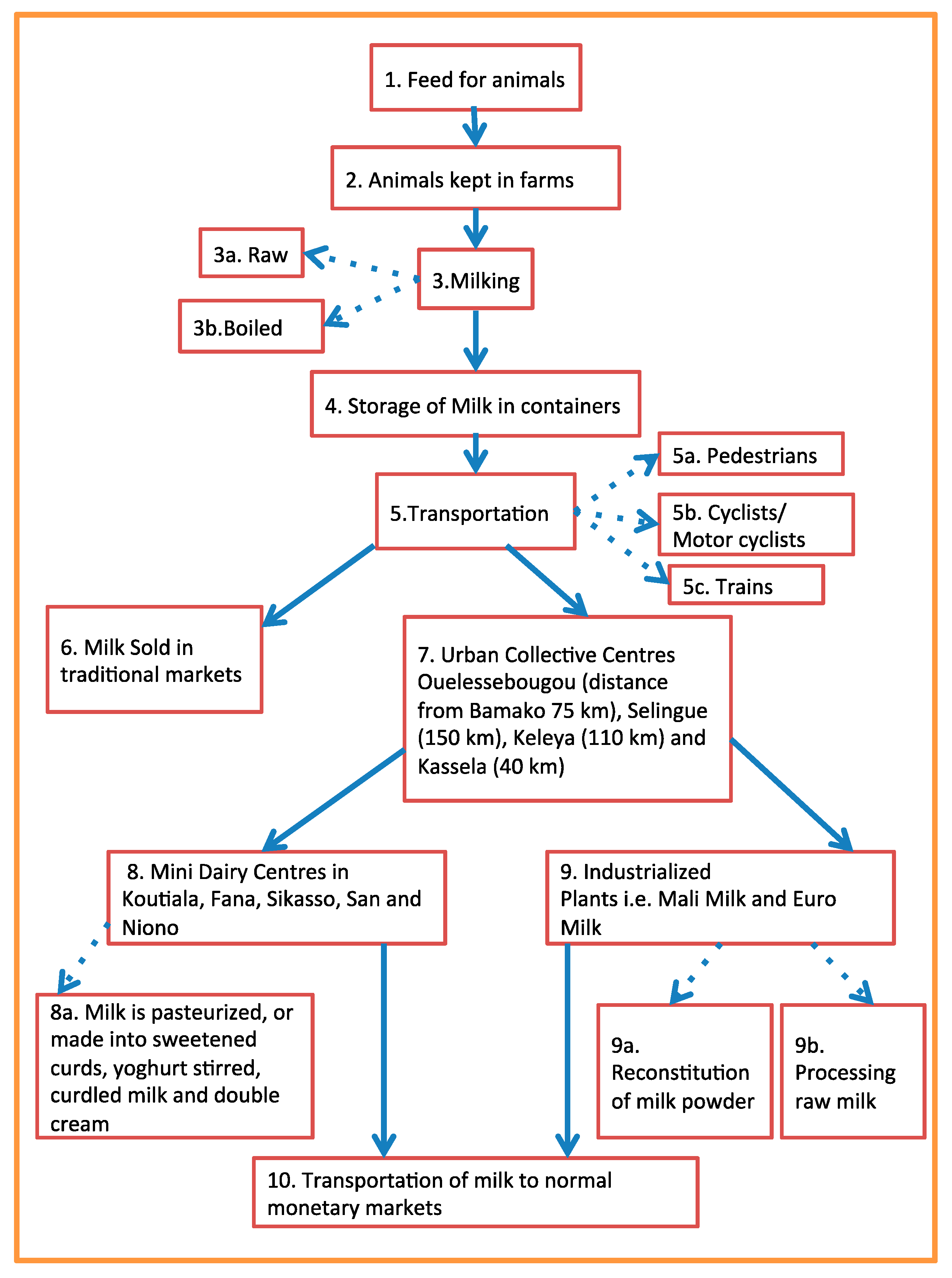
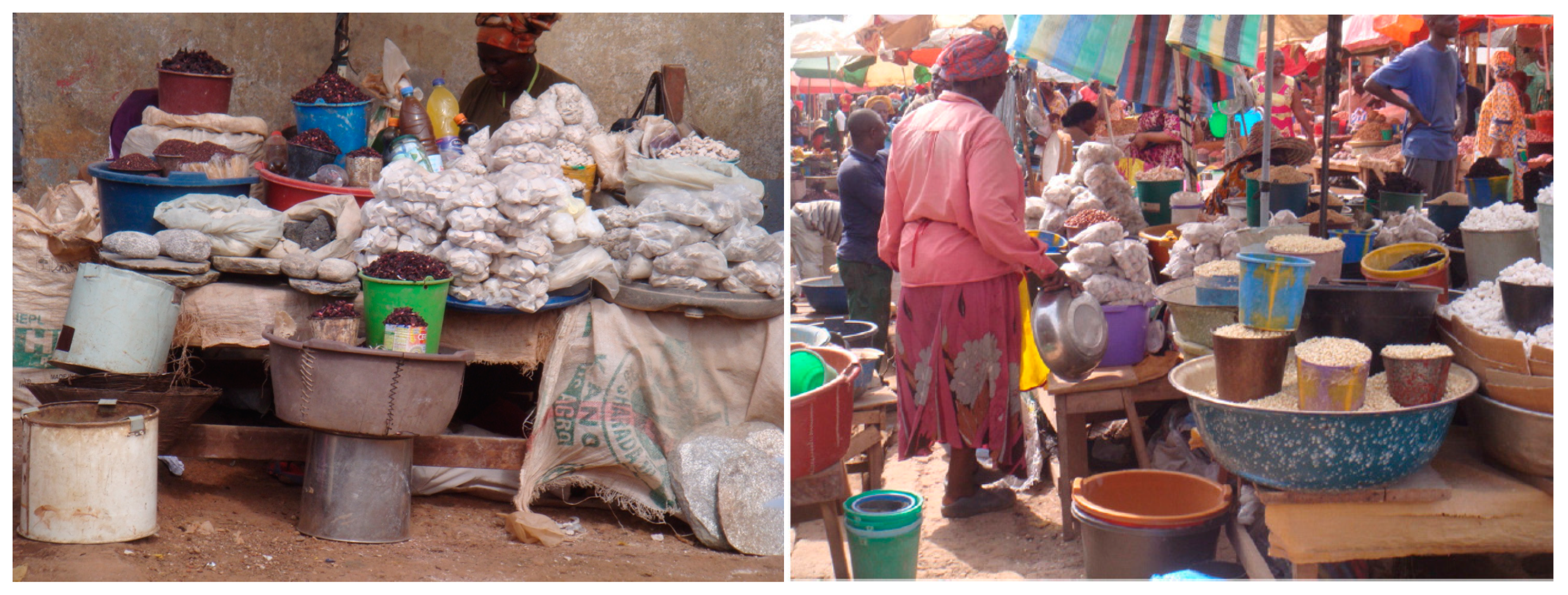

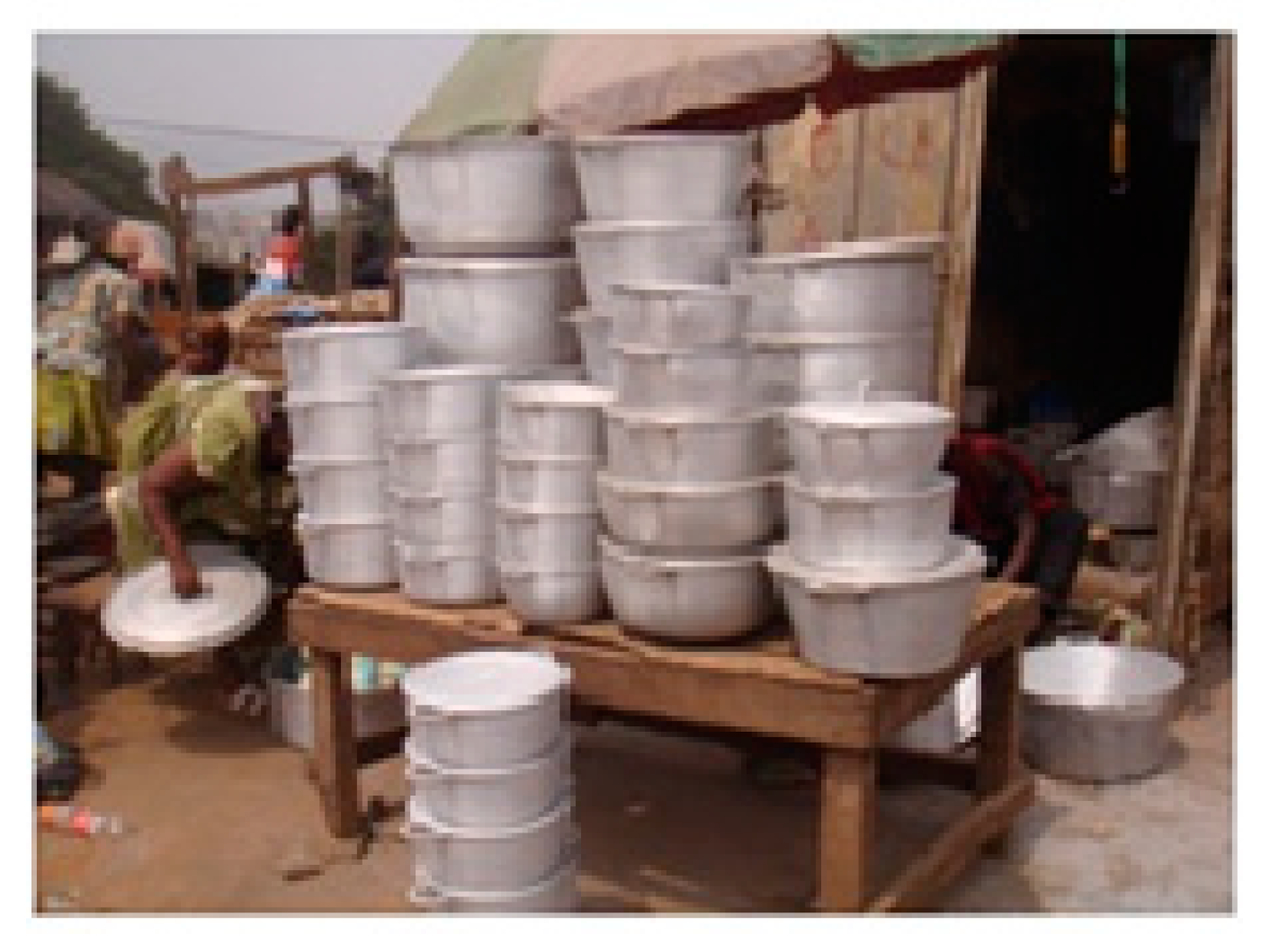
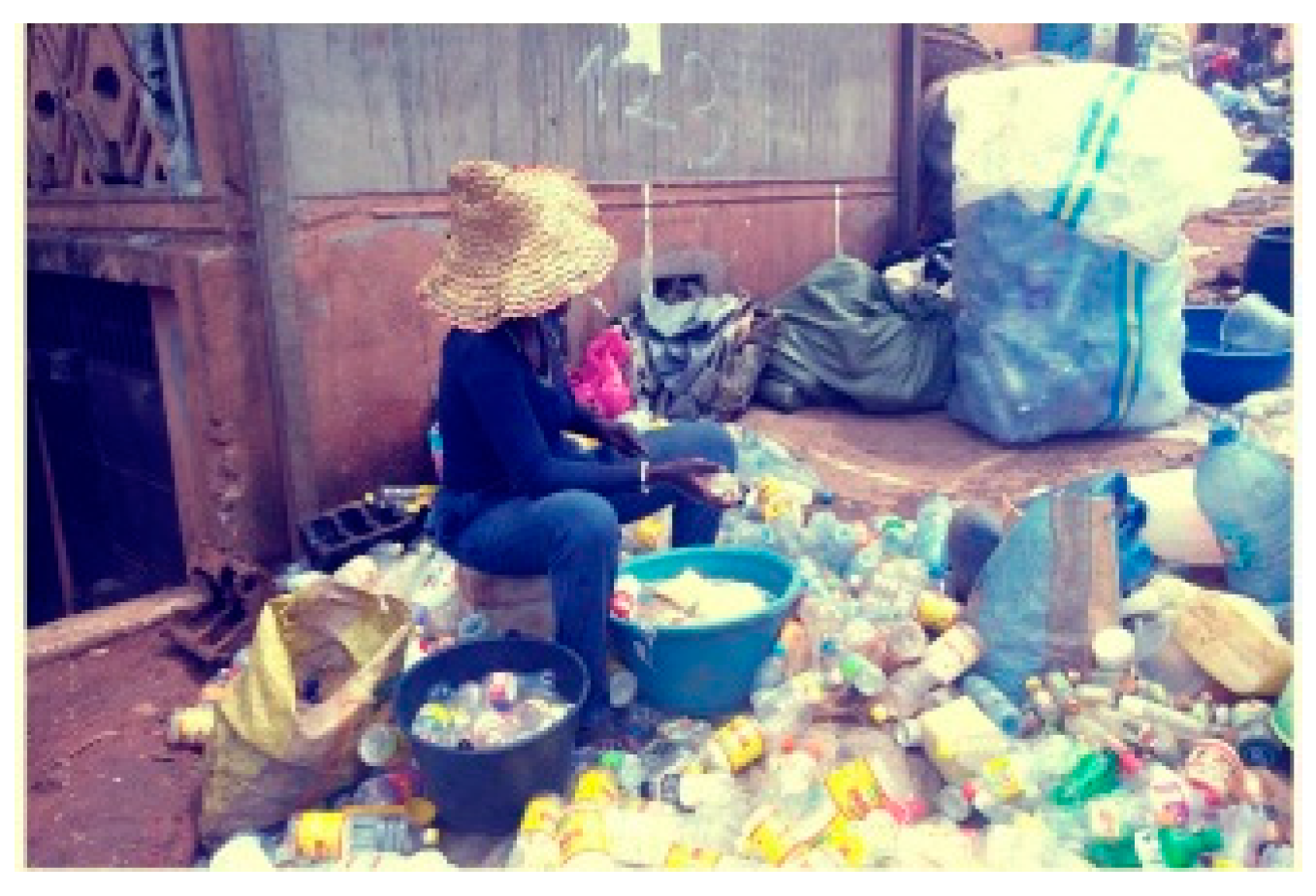
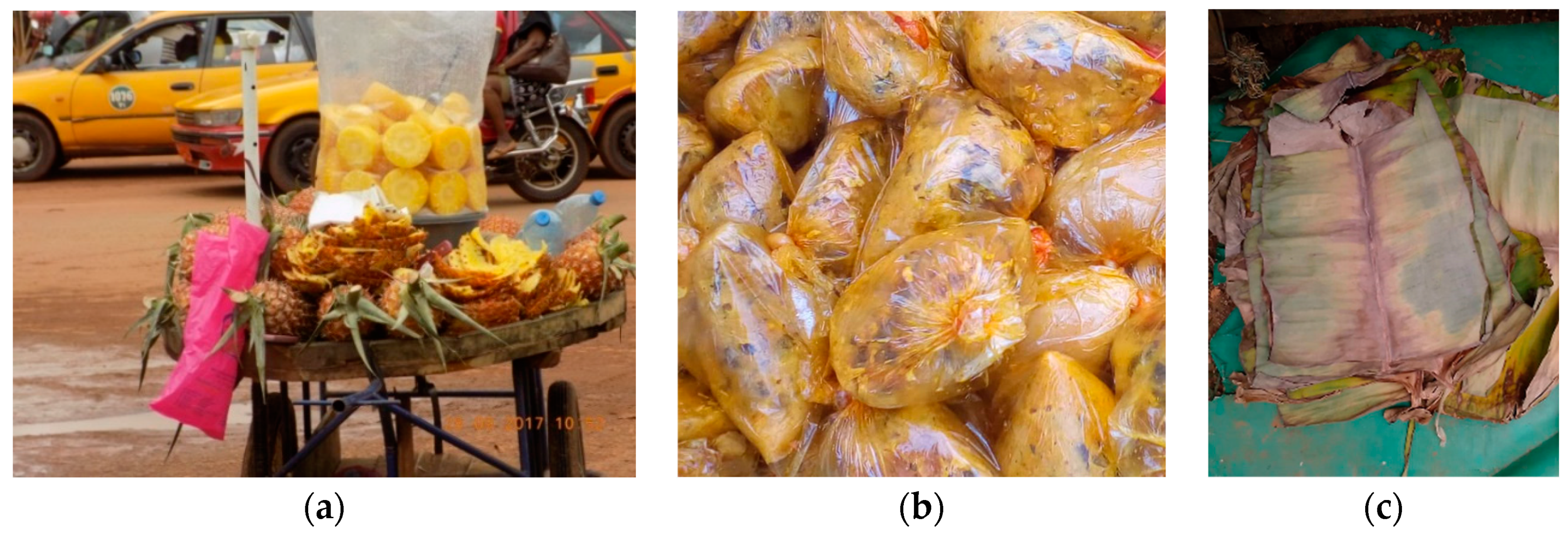




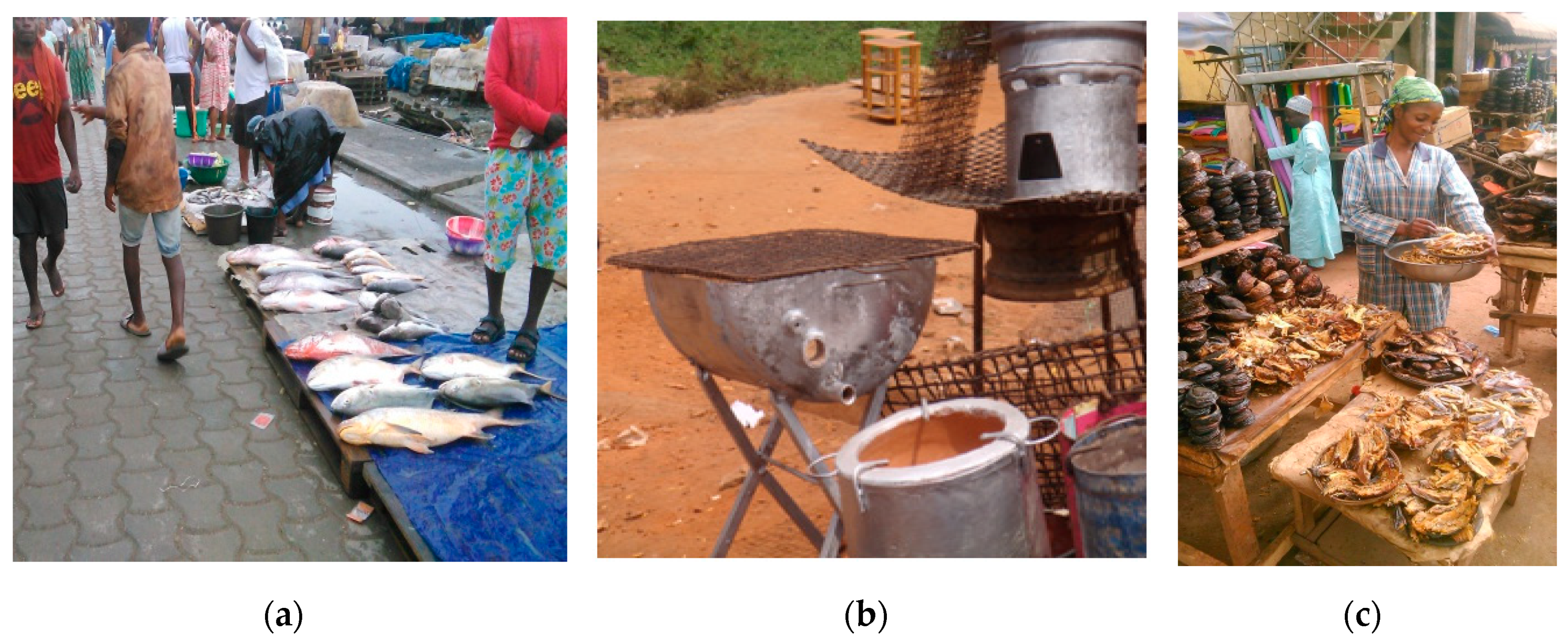

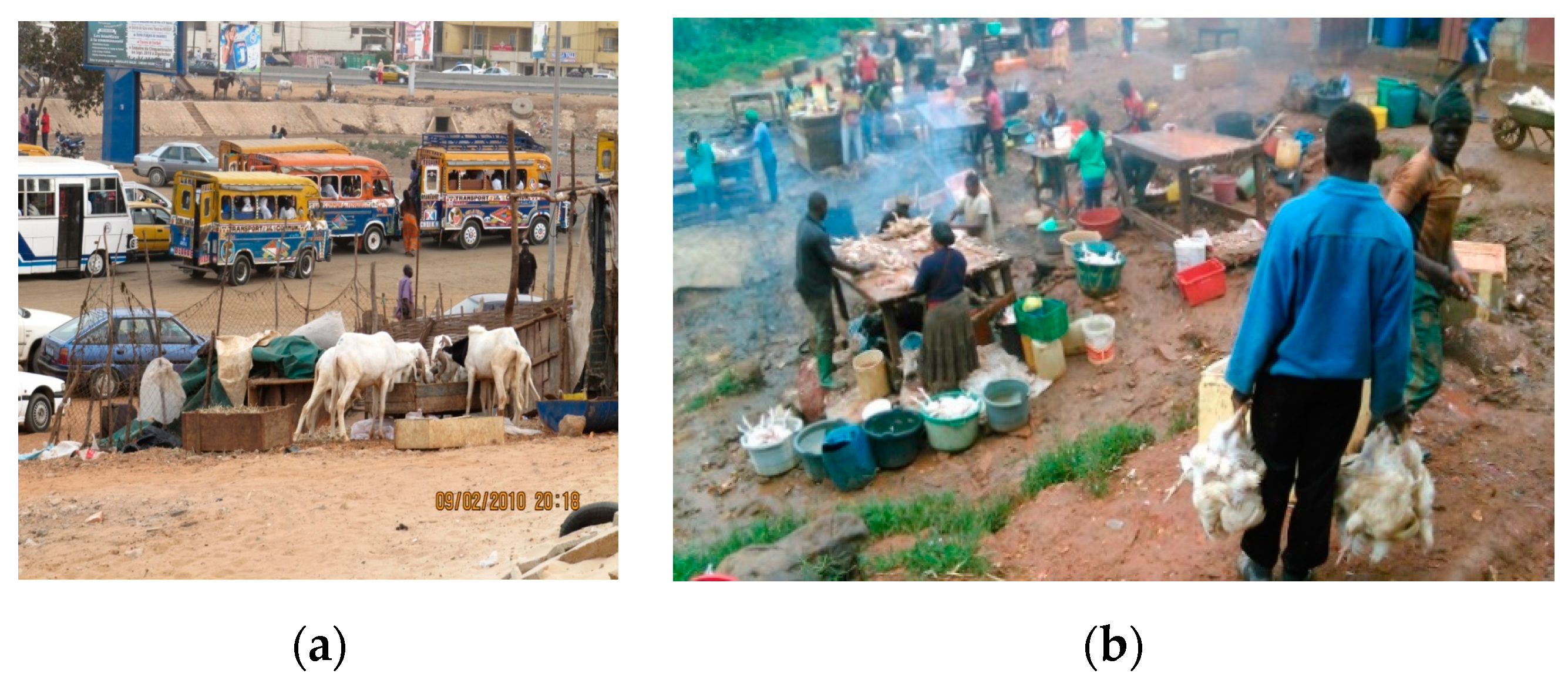
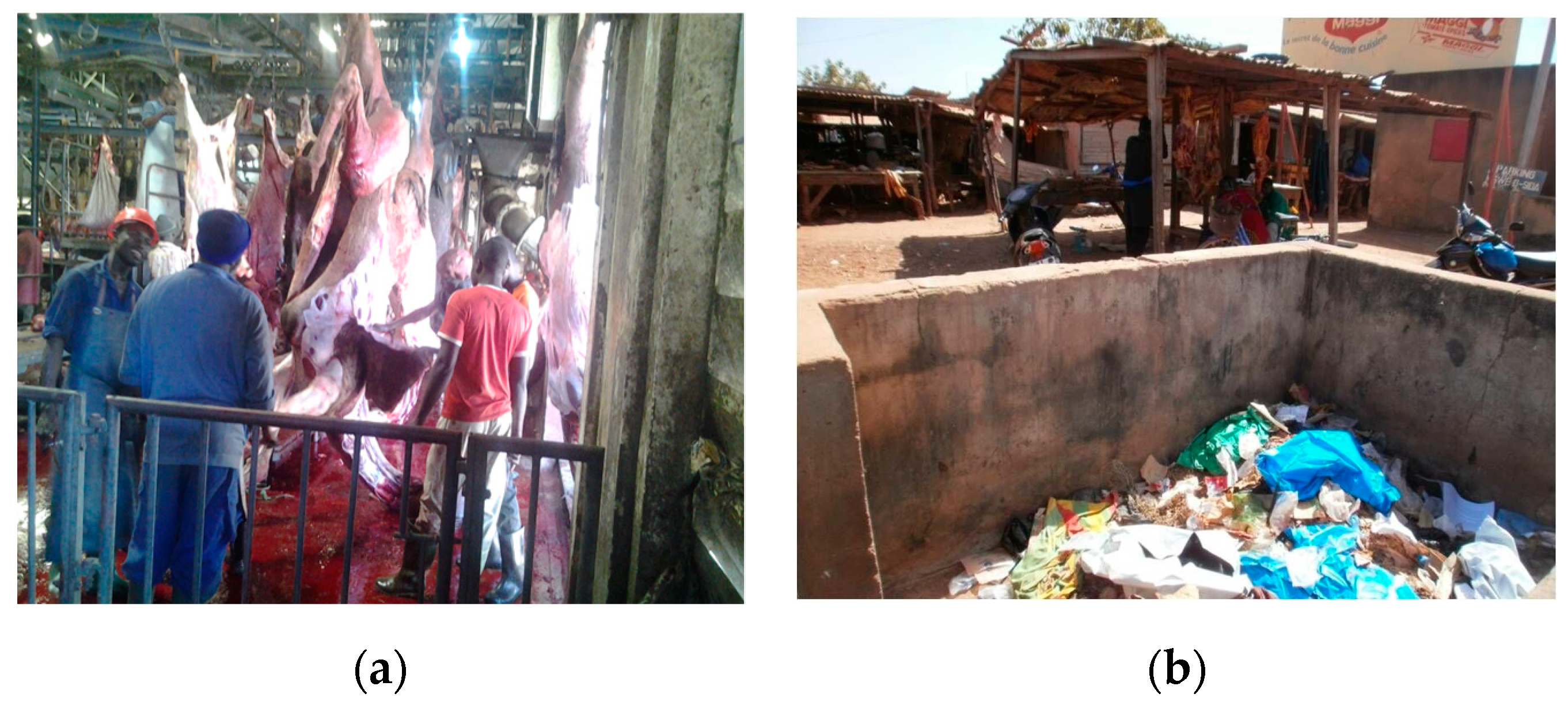

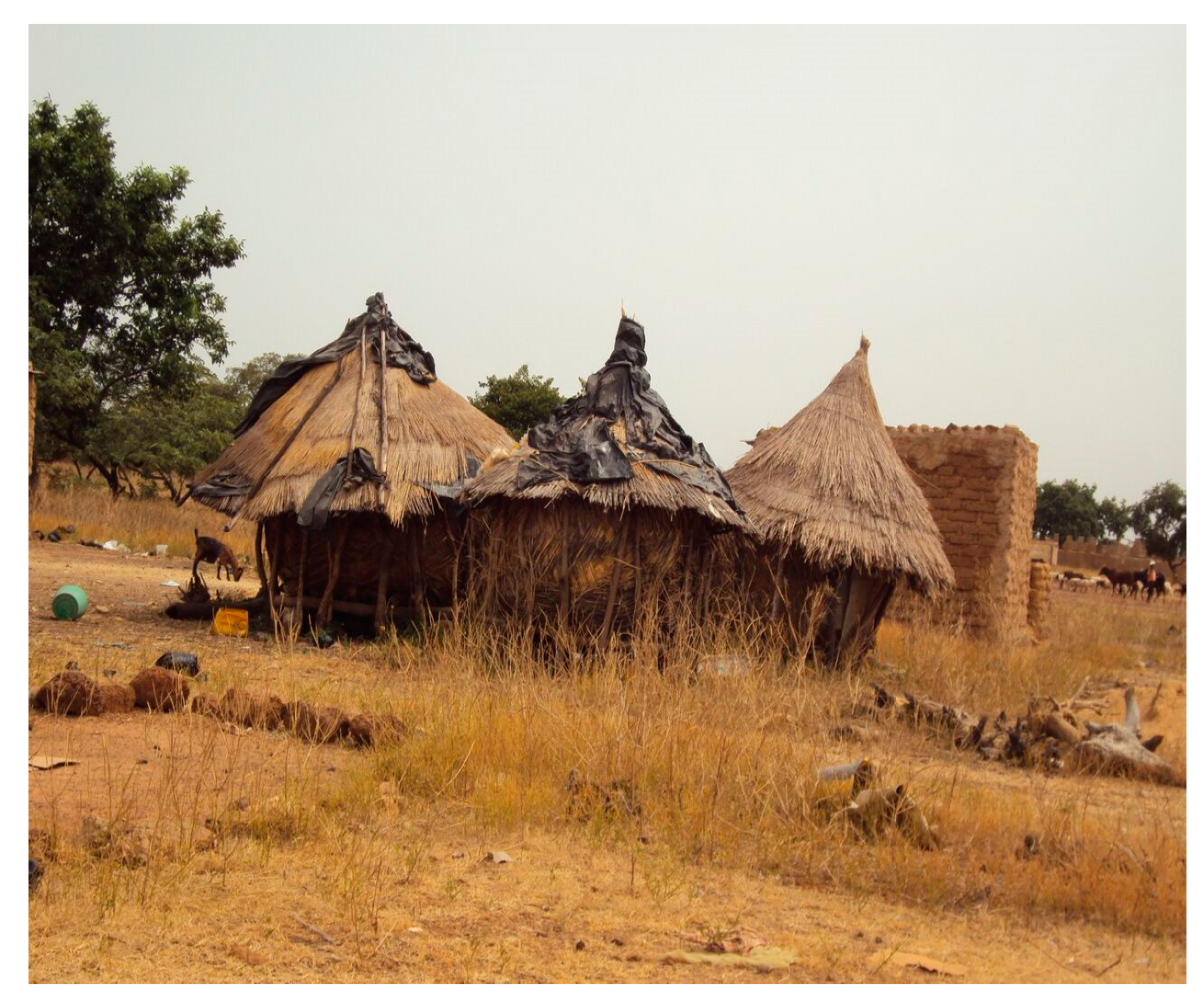
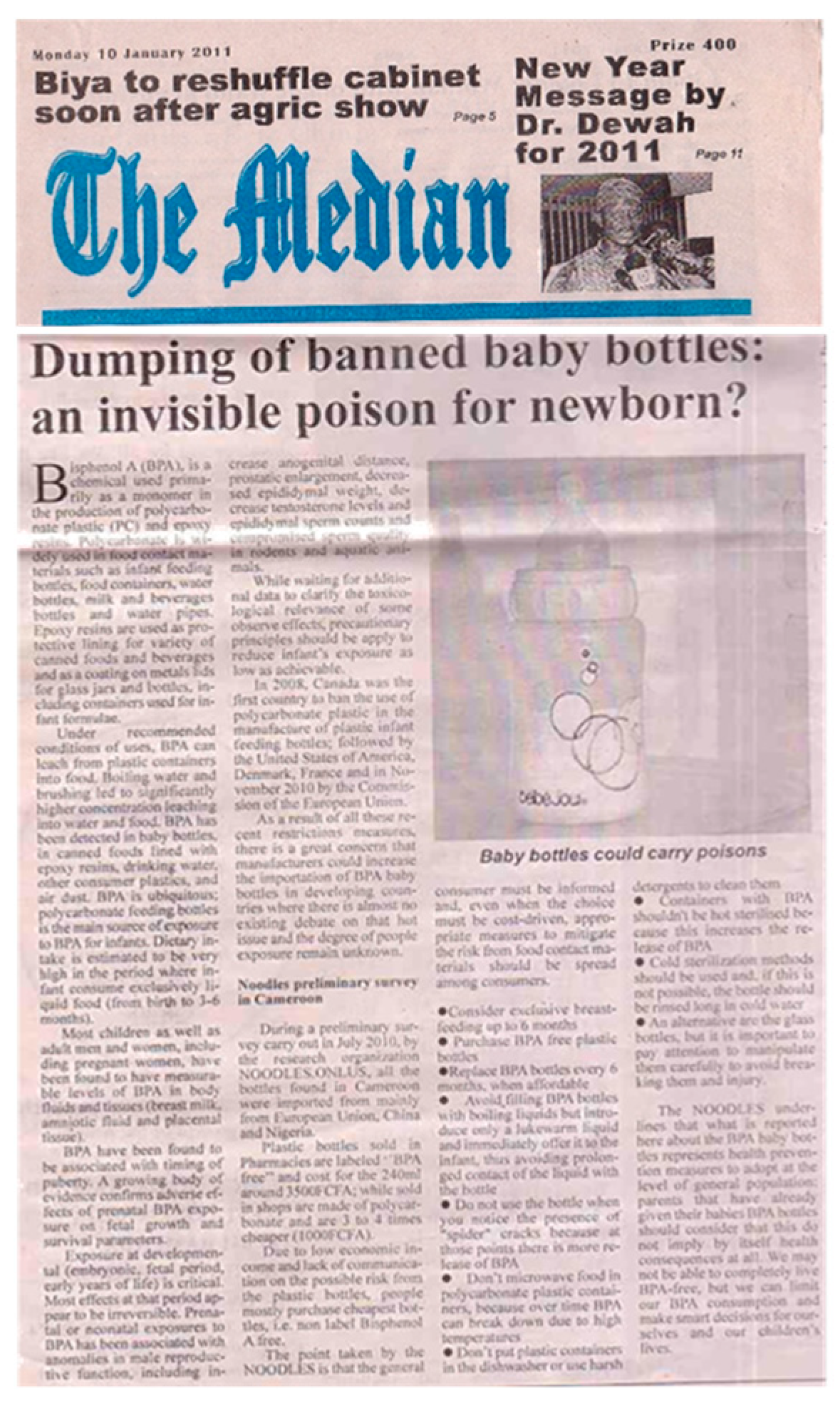
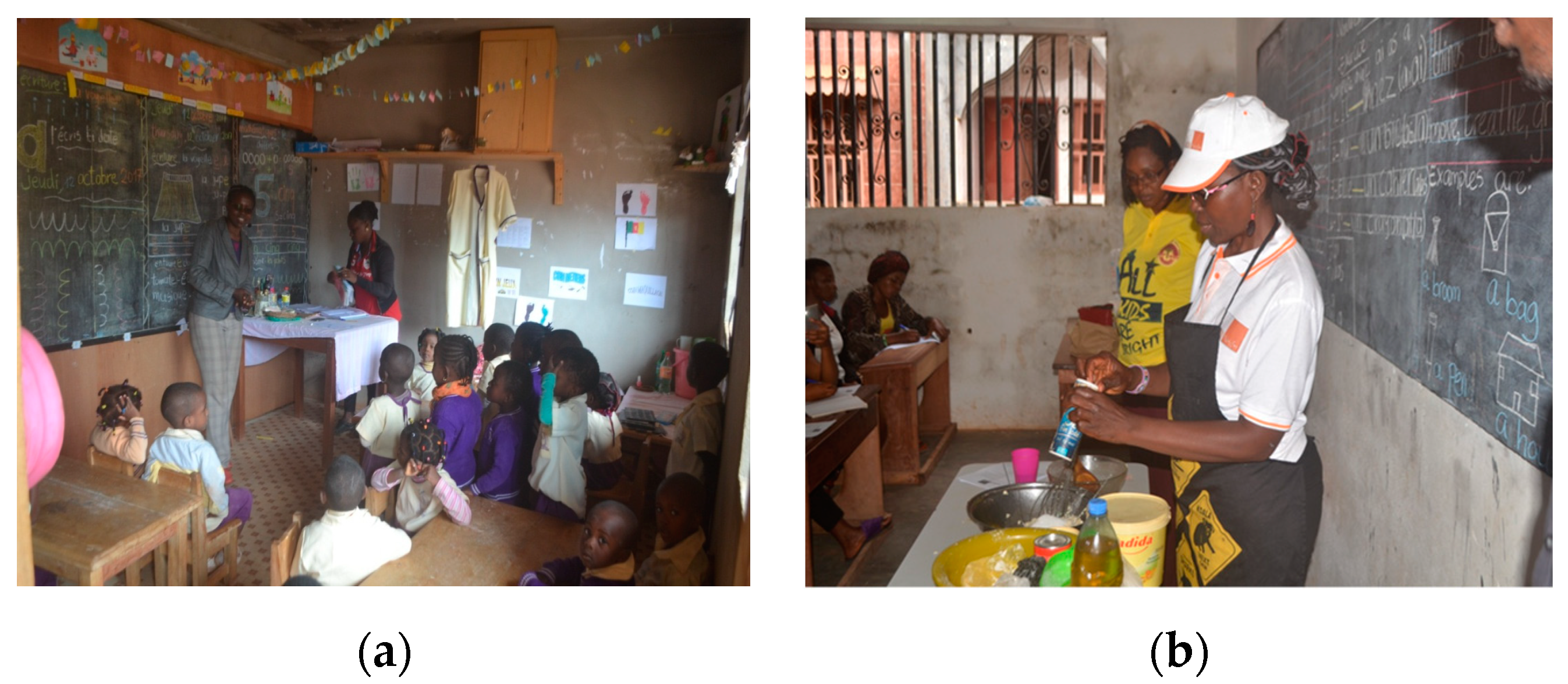
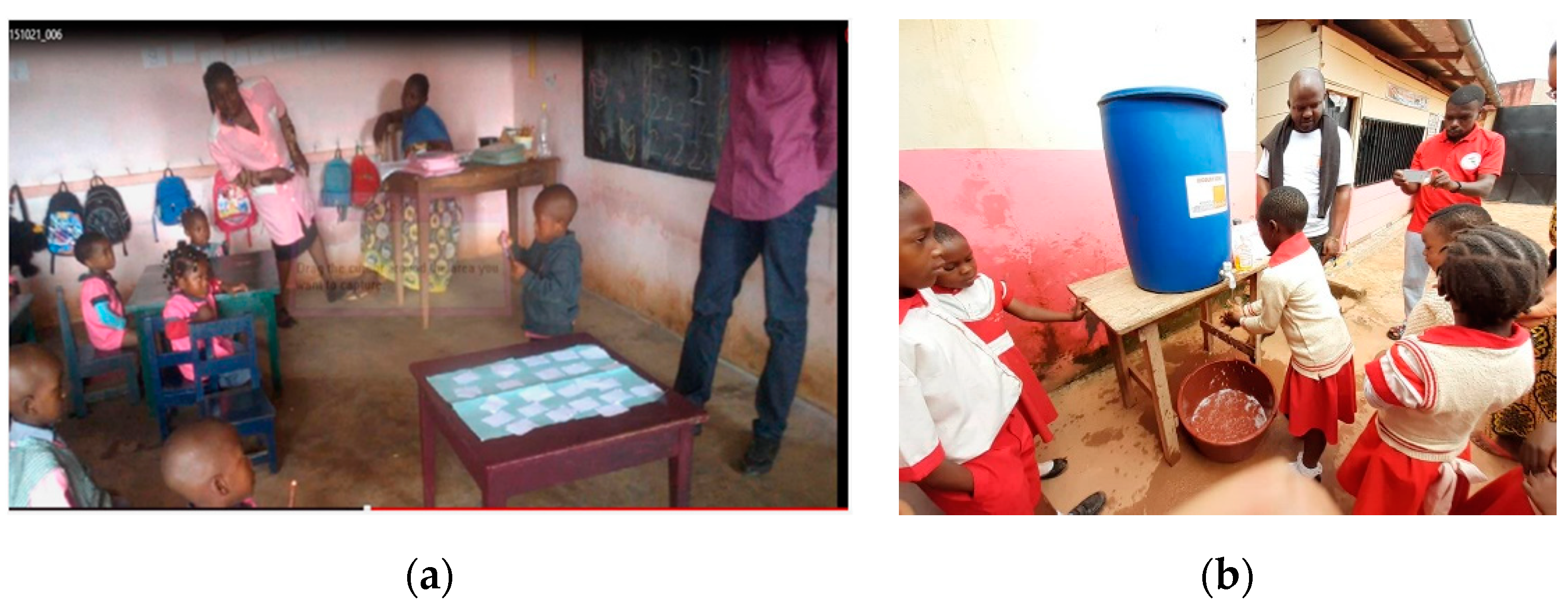

Publisher’s Note: MDPI stays neutral with regard to jurisdictional claims in published maps and institutional affiliations. |
© 2020 by the author. Licensee MDPI, Basel, Switzerland. This article is an open access article distributed under the terms and conditions of the Creative Commons Attribution (CC BY) license (http://creativecommons.org/licenses/by/4.0/).
Share and Cite
Frazzoli, C. Toxicological Risk Analysis in Data-Poor Countries: A Narrative Approach to Feed an “Awareness Raising—Community Empowerment” Vortex. Medicina 2020, 56, 629. https://doi.org/10.3390/medicina56110629
Frazzoli C. Toxicological Risk Analysis in Data-Poor Countries: A Narrative Approach to Feed an “Awareness Raising—Community Empowerment” Vortex. Medicina. 2020; 56(11):629. https://doi.org/10.3390/medicina56110629
Chicago/Turabian StyleFrazzoli, Chiara. 2020. "Toxicological Risk Analysis in Data-Poor Countries: A Narrative Approach to Feed an “Awareness Raising—Community Empowerment” Vortex" Medicina 56, no. 11: 629. https://doi.org/10.3390/medicina56110629
APA StyleFrazzoli, C. (2020). Toxicological Risk Analysis in Data-Poor Countries: A Narrative Approach to Feed an “Awareness Raising—Community Empowerment” Vortex. Medicina, 56(11), 629. https://doi.org/10.3390/medicina56110629



